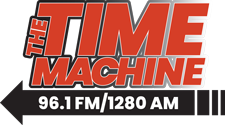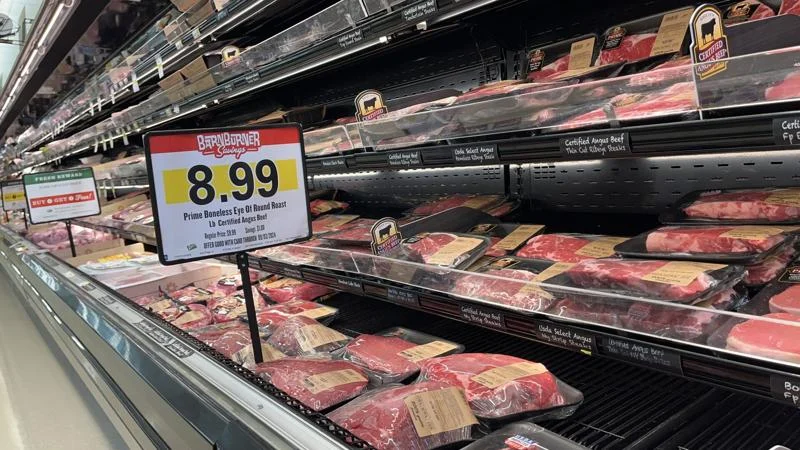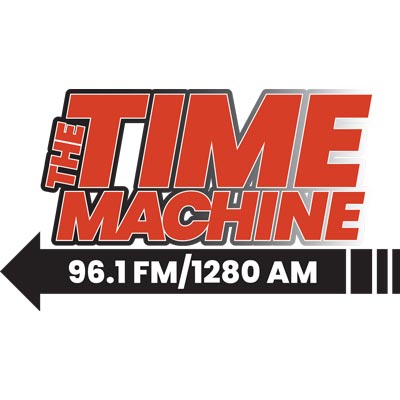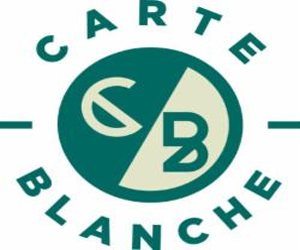Bottom Line: This week’s inflation data is expected to show a slight uptick in consumer prices. However, a moderation in consumer spending could limit the ability of businesses to pass tariff-induced cost increases to consumers.
This week brings the economic calendar’s main event: the May consumer price index (CPI) release on June 11 and producer price index (PPI) data on June 12. These reports will provide crucial insight into whether the recent moderation in price pressures can be sustained amid ongoing trade tensions.
April’s Inflation Signals
April’s CPI data showed consumer prices rose 0.2% monthly, translating to a 2.3% annual rate – a reassuring deceleration from earlier in the year. Producer prices fell 0.5% in April but are expected to rise due to tariffs.
The key question is whether producers can successfully pass tariff-induced cost increases to consumers without derailing the broader disinflationary trend.
The Precautionary Savings Signal
The personal savings rate jumped to 4.9% in April from 4.3% in March, reaching a one-year high. The savings rate was just 3.5% in December 2024. This isn’t just a statistical curiosity – it’s a powerful indicator that American households are pulling back on spending and preparing for potential income shocks.
When people choose to save rather than spend, it signals declining confidence in their future income prospects. This behavior directly reduces consumer demand, which in turn limits businesses’ ability to raise prices. The math is straightforward: less demand equals less pricing power.
Labor Market Stress
The employment picture reinforces this demand-side story. In May’s jobs report, half of the sectors added jobs, while the other half saw payroll cuts – a sign of slowing economic momentum.
While headline unemployment remains low, beneath the surface, hiring has slowed significantly and long-term unemployment continues climbing. Many workers are dropping out of the labor force entirely, reflecting frustration with limited opportunities.
This labor market softening translates directly into reduced consumer spending. When people are out of work or uncertain about their job prospects, they naturally become more cautious with their wallets – exactly what we’re seeing in the rising savings rate.
Housing Costs: The Inflation Anchor
One bright spot for inflation watchers is the continued slowdown in market rent growth. Since housing costs represent the largest component of most Americans’ budgets, and rent measures in the CPI track on-market rental costs with a lag, this moderation should continue dragging down overall consumer price inflation in the months ahead.
This housing deflation provides a crucial cushion against potential price pressures from other sources, including potential tariff pass-through effects.
Small Business Reality Check
The National Federation of Independent Business (NFIB) sentiment index declined to 95.8 in April, marking the second consecutive month below the 51-year average of 98. More concerning, this represents the fourth consecutive month that sales volume expectations have declined.
Perhaps most telling: only 18% of small businesses plan capital outlays in the next six months, the lowest reading since April 2020 during the COVID-19 pandemic. When small businesses – the backbone of American employment – are reluctant to invest in their futures, it signals deep pessimism about economic prospects. Business pessimism will hold back hiring and wage growth.
The Profit Squeeze
As consumers hunker down and demand weakens, businesses face an uncomfortable reality: profit margin compression. Companies that try to maintain margins by raising prices risk losing market share to competitors willing to accept thinner margins. Those that don’t raise prices see their profitability squeezed by higher input costs.
This dynamic creates a natural brake on inflation, as market forces discipline pricing behavior.
Looking Ahead
Expect the tariffs’ impact on consumer prices to remain somewhat muted, reflecting these demand-side pressures. The Federal Reserve will be watching closely to see if this economic cooling provides the breathing room needed to keep inflation near its 2% target.
Cautious consumers, struggling small businesses, and a cooling labor market suggest the bigger risk may be economic slowdown rather than runaway inflation.






